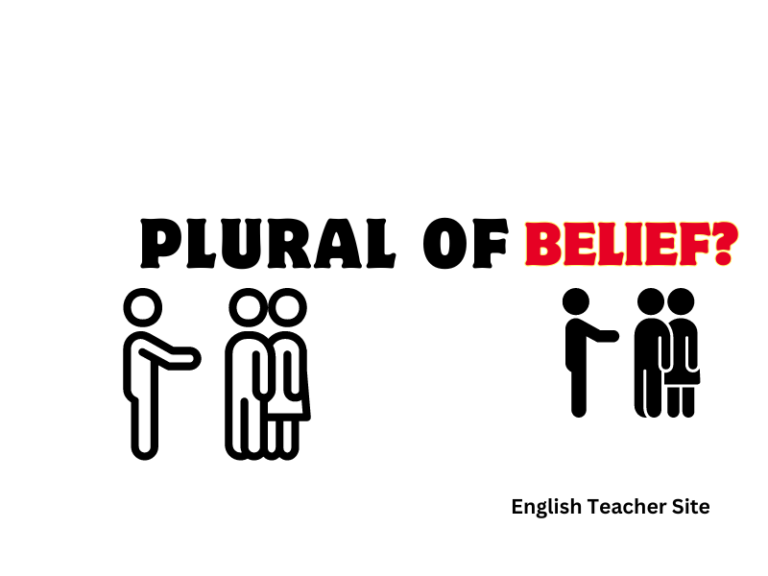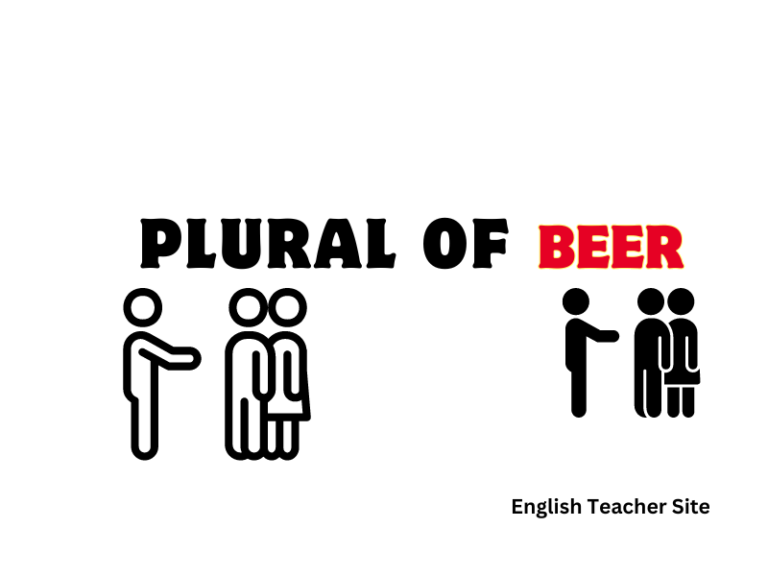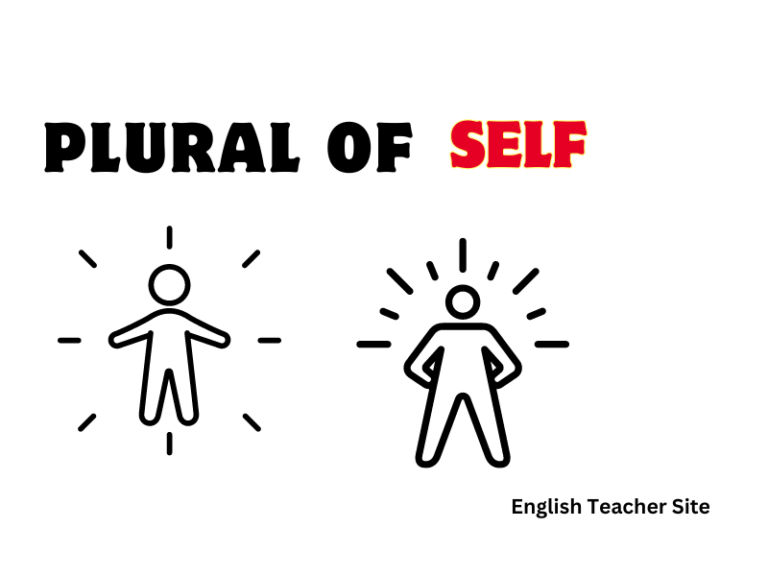Types of Nouns: Common vs Proper, Abstract vs Concrete – Understanding Grammar Categories

- Identify and differentiate between common and proper nouns, and their use.
- Understand the distinction between concrete and physical nouns, versus abstract and intangible ones.
- Grasp the role of nouns in constructing clear and effective communication.
In the study of English grammar, nouns hold a paramount place as they name everything from places and people to ideas and emotions. There are several categories of nouns, each serving a distinct purpose within language structure and usage. Understanding the difference between common nouns and proper nouns is foundational. While common nouns are used to denote a general class of entities, such as ‘city’, ‘dog’, or ’emotion’, proper nouns distinctly identify a specific name, like ‘New York’, ‘Fido’, or ‘Valentine’s Day’.
Types of Nouns: Common vs Proper, Abstract vs Concrete
Nouns can be categorized based on their function, specificity, and whether they signify tangible objects or intangible concepts. This section explores the nuances of common and proper nouns, as well as abstract and concrete nouns.
Common nouns are generalized names for people, places, things, or ideas. They are not capitalized unless they start a sentence or are part of a title.
- Examples: cat, city, joy
On the other hand, proper nouns refer to specific names of people, organizations, or places and are always capitalized.
- Examples: Mr. Smith, Microsoft, London
For visual clarity, let’s compare side by side:
| Common Nouns | Proper Nouns |
|---|---|
| astronaut | Neil Armstrong |
| city | Paris |
| company |
Moving onto abstract and concrete nouns, abstract nouns denote intangible concepts or ideas that cannot be perceived by the five senses.
- Examples: bravery, happiness, time
Concrete nouns describe physical objects that can be observed and measured.
- Examples: tree, book, apple
Here is a comparative table:
| Abstract Nouns | Concrete Nouns |
|---|---|
| love | computer |
| justice | mountain |
| freedom | sandwich |
Nouns can also fall into more than one category. A proper concrete noun like ‘Eiffel Tower’ refers to a specific, tangible object, whereas a proper abstract noun like ‘Christmas’ denotes a specific, intangible idea.
Common Nouns vs. Proper Nouns
Common nouns are general names for a person, place, or thing, while proper nouns specifically name them.
Understanding Noun Types
Common nouns represent general items or concepts and are not capitalized unless they begin a sentence. Below is a table illustrating common nouns:
| Common Nouns | Description |
|---|---|
| teacher | Refers to any individual who teaches, regardless of where or whom. |
| city | Any urban settlement, not specific to any one place. |
| smartphone | A mobile phone with advanced features, general type, not brand-specific. |
Proper nouns, in contrast, refer to unique entities and are always capitalized. Here is a table showcasing examples of proper nouns:
| Proper Nouns | Description |
|---|---|
| Mr. Johnson | The unique name of a specific individual. |
| Paris | The specific name of the capital of France. |
| iPhone | A brand-specific model of a smartphone. |
It’s imperative to use proper nouns when referring to unique entities such as:
- Geographical locations: Amazon River, Mount Everest
- Institutions: Harvard University, the Metropolitan Museum of Art
- Days, months, holidays: Thursday, January, Thanksgiving
- Titles and specific names: President Lincoln, Elizabeth II, the Titanic
In writing, recognizing when to use common and proper nouns helps to provide clear and precise communication. For example:
- General statement: “The president will address the nation tonight.”
- Specific reference: “President Biden will address the nation tonight.”
Usage of proper nouns without the preceding common noun can also signify formality or familiarity, depending on the context. For instance, saying “I visited Yellowstone” directly implies Yellowstone National Park, understood from the specific name alone.
Balancing the use of common nouns for general descriptions and proper nouns for specificity can enhance the quality and precision of the communication.
Collective Nouns and Abstract Nouns
Collective nouns represent groups as single entities, while abstract nouns denote ideas, qualities, or concepts that are intangible and cannot be perceived through the senses.
Exploring Specialized Noun Categories
Collective Nouns refer to a group or collection of individuals or things as a single unit. Unlike common nouns, which name general items, or proper nouns, which name specific items, collective nouns represent a collection of entities often acting as one. For instance:
| Collective Noun | Represents |
|---|---|
| Flock | A group of birds |
| Jury | A group of people giving a verdict |
| Class | A group of students |
| Herd | A group of animals |
In a sentence, collective nouns can be treated as singular or plural based on whether the group acts in unison or as individuals.
Abstract Nouns, in contrast, do not refer to physical objects but rather to ideas, characteristics, or states of being. These nouns are usually more challenging to visualize because they deal with concepts you cannot touch, see, hear, smell, or taste. Examples include:
| Abstract Noun | Meaning |
|---|---|
| Freedom | The state of being free |
| Love | An intense feeling of deep affection |
| Bravery | Courageous behavior or character |
| Wisdom | The quality of having experience, knowledge, and good judgment |
Both collective nouns and abstract nouns play unique roles in language, helping to convey complex groups and ideas succinctly and effectively.
Countable and Non-countable Nouns
When discussing nouns, it’s essential to understand the difference between countable and non-countable nouns, as they follow different rules in grammar, particularly in regard to quantifiers and verb conjugation.
Countable nouns are those that represent items that can be counted. They have both singular and plural forms. For example, “cat” can become “cats” and “bottle” can become “bottles.” Use of numerals and words such as ‘many’ and ‘a few’ are appropriate with countable nouns.
| Singular | Plural |
|---|---|
| a cookie | two cookies |
| an umbrella | five umbrellas |
Non-countable nouns (also known as uncountable or mass nouns), on the other hand, cannot easily be counted and do not typically have a plural form. These nouns often refer to substances, concepts, and collective categories of things like “water,” “advice,” or “equipment.” With non-countable nouns, quantifiers like ‘some’ and ‘much’ are used.
| Non-countable Nouns | Examples Using Quantifiers |
|---|---|
| advice | some advice |
| equipment | a lot of equipment |
Bullet points summarizing key differences:
Countable nouns:
- Can be counted (one apple, two apples)
- Have both singular and plural forms
- Use numerals and words like ‘many’ and ‘few’
Non-countable nouns:
- Cannot be counted as individual units
- Usually do not have a plural form
- Use words like ‘some’, ‘much’, and ‘a piece of’
Source
My name is Khamis Maiouf. I am the creator of the English Teacher Site, dedicated to providing valuable resources and insights for students around the world. With a passion for education and a commitment to helping students enhance their skills, I aim to make English teaching more effective and enjoyable for both educators and students.






